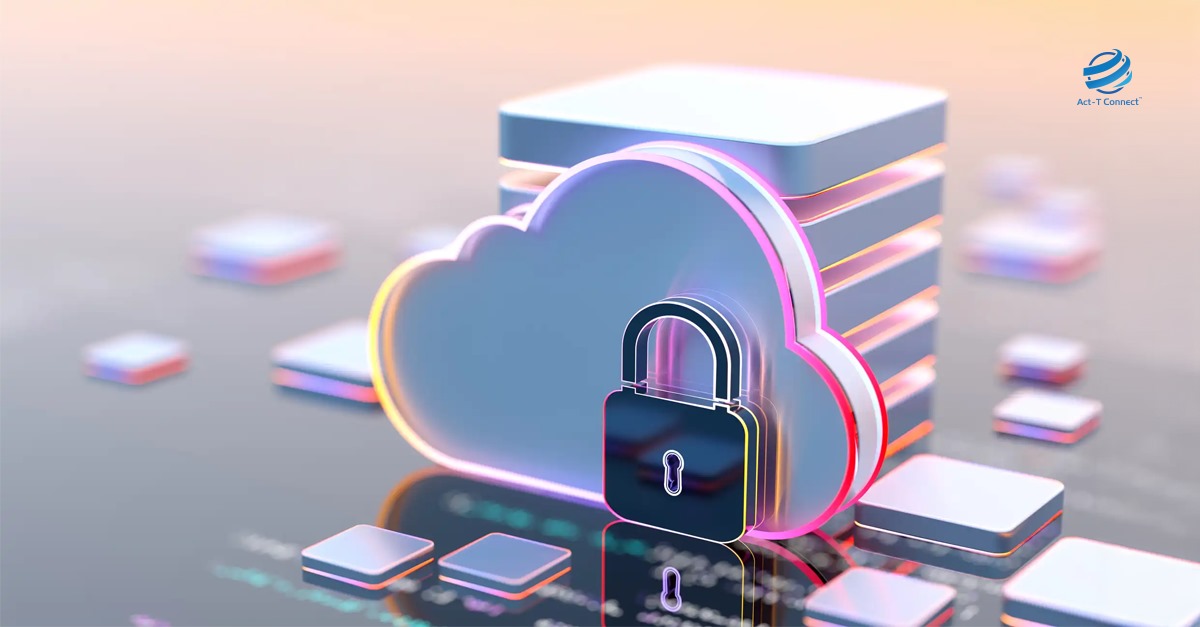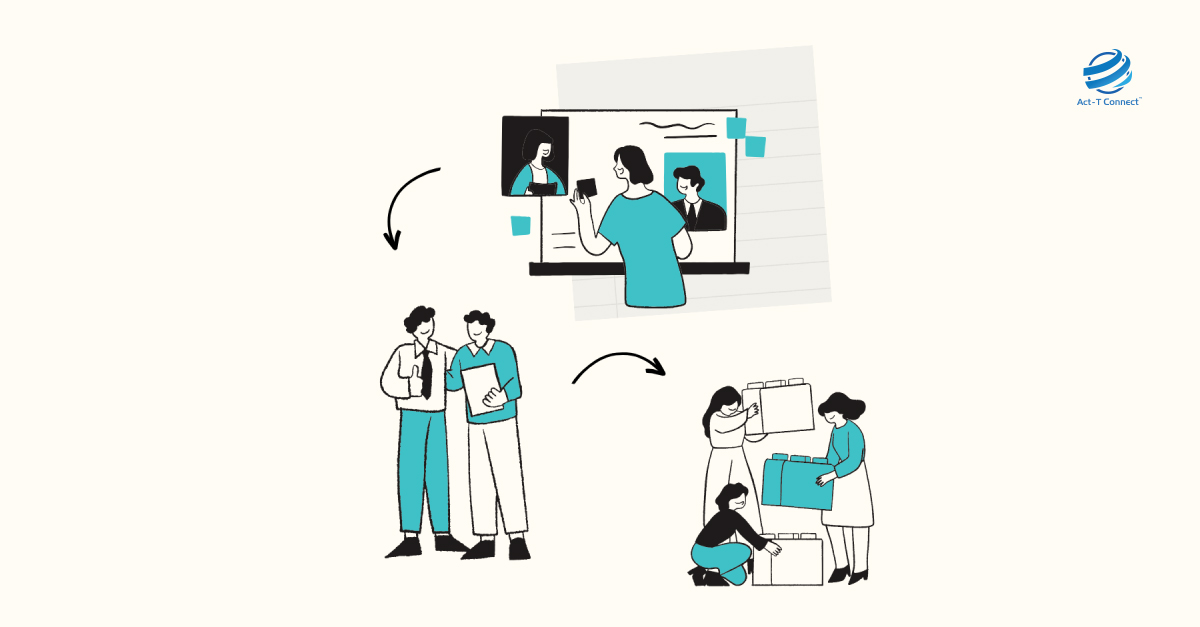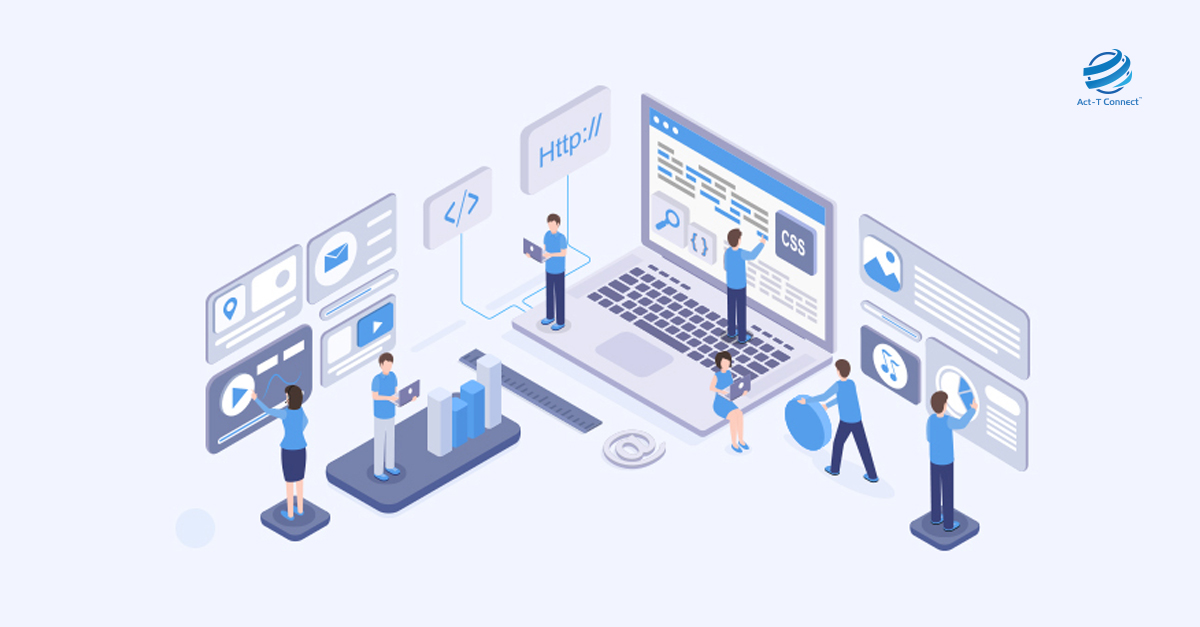
Thanks to its scalability, agility, and affordability, cloud computing has completely changed how businesses run. However, there are security issues when moving critical data and apps to the cloud. This is a thorough guide that will help you strengthen the security of cloud computing:
The Model of Shared Security
The customer and the cloud service provider (CSP) share responsibilities for cloud security. It is the customer's responsibility to secure their data, apps, and access restrictions within the cloud environment; the CSP is in charge of protecting the underlying infrastructure.Recognizing Risks to Cloud Security
- Data breaches: Accessing private information kept on the cloud without authorization might have fatal repercussions.
- Malware and ransomware: Systems in cloud environments are vulnerable to malware assaults, which have the ability to encrypt data and demand payment in exchange for the key to unlock it.
- Misconfigurations: Data exposure and security issues can result from improperly configured cloud resources.
- Insider Threats: An important security danger can come from resentful employees or compromised accounts.
Crucial Procedures for Cloud Security
- Encrypting Data: In the event of a breach, encrypt data while it's in transit—that is, while it's travelling between the cloud and your network—and while it's at rest.
- Controls for Access: Use the concept of least privilege to limit access to cloud resources by implementing stringent access controls (providing only the minimum access required for users to execute their responsibilities).
- Management of Identity and Access (IAM): For further protection, employ multi-factor authentication (MFA) and reliable identity and access management (IAM) solutions to manage user identities and rights.
- Frequent testing of security: To find and fix vulnerabilities in your cloud environment, use regular penetration tests and vulnerability assessments.
- Response Strategy for Incidents: Create a thorough incident response strategy that outlines the steps to be taken in order to locate, contain, and resolve security breaches.
Selecting a Reliable Cloud Server
- Security Certifications: To ensure that a cloud provider is committed to security best practices, look for them to have industry-recognized security certifications such as ISO 27001 or SOC 2.
- Requirements for Compliance: Verify that the cloud provider complies with applicable data privacy laws based on your location and industry (e.g., GDPR, HIPAA).
- Security Features: Consider the cloud provider's security features, including threat detection capabilities, access limits, and encryption options.
Security is an Ongoing Journey
Maintaining cloud security calls for ongoing attention and is not a one-time fix. Here are a few more pointers:- Employee Security Awareness Training: Provide regular training to staff members on cybersecurity best practices, such as password hygiene and phishing awareness.
- Patch management: To fix known vulnerabilities, make sure your programs and software are up to date with the newest security updates.
- Track and Record Activity: Keep an eye on cloud activity logs to spot questionable activities and possible security breaches.
Through comprehension of the shared responsibility model, execution of crucial security protocols, and collaboration with a reliable cloud provider, enterprises may confidently harness the advantages of cloud computing. Remember that maintaining a safe digital environment and safeguarding your important data require a proactive approach to cloud security.






